Which mammals have no teeth?
- Life Science, Science Fun Facts
- September 21, 2012
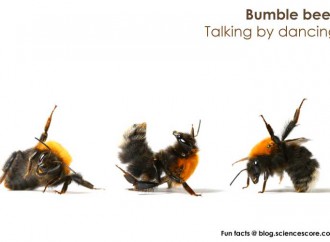
If you (very carefully) look inside a bee hive, you’ll see a buzzing nest of activity. Bees are constantly on the move, performing all the jobs that need to be done to keep the hive running, but every so often you can spot a group of bees standing in a circle watching another bee dance.
READ MORE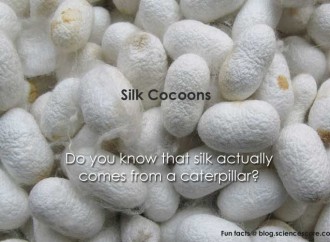
If you’ve ever felt silk, you know that it’s a lovely, light, soft fabric. But did you know that silk actually comes from a caterpillar? Silkworm moths are a bit like cows – they don’t exist in the wild, and can’t survive there because they can’t fly or eat. Instead, they are farmed by humans
READ MORE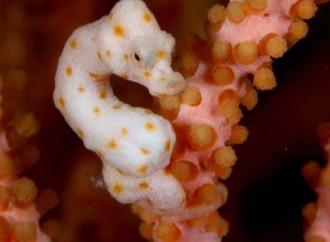
In the waters near Derawan Island off Kalimantan in Indonesia, scientists have made a remarkable discovery: a tiny horse no bigger than a pea! But it’s not the kind of horse with hooves. It’s actually a seahorse! The tiny seahorse is only 13 milimetres long, and has been given the name of “Satomi’s pygmy seahorse”,
READ MORE
One of the most famous books in the world, Moby Dick, is about the hunt for a mysterious white whale. But if you look at pictures of whales (except for the arctic beluga whale), they’re grey. So would it have been possible for Moby Dick to be white? Yes! In fact, there’s a white whale
READ MORE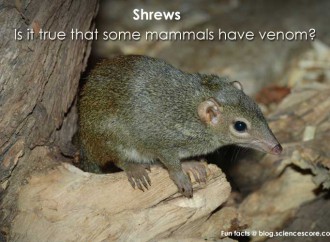
When you mention venemous animals, most people think of snakes or scorpions. But there are also venomous animals that are mammals just like us! Shrews are surprisingly ferocious for their size; most are very small and the pygmy shrew rivals the bumblebee bat for the title of world’s smallest mammal. They look like long-nosed mice,
READ MORE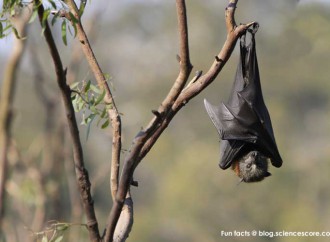
If you’ve ever tried to make your way through a room at night with the lights off, you know how frustrating it can be to try to find your way through a place you can’t see. Imagine what it’s like for animals that come out at night, or that spend their lives in dark, murky
READ MORE